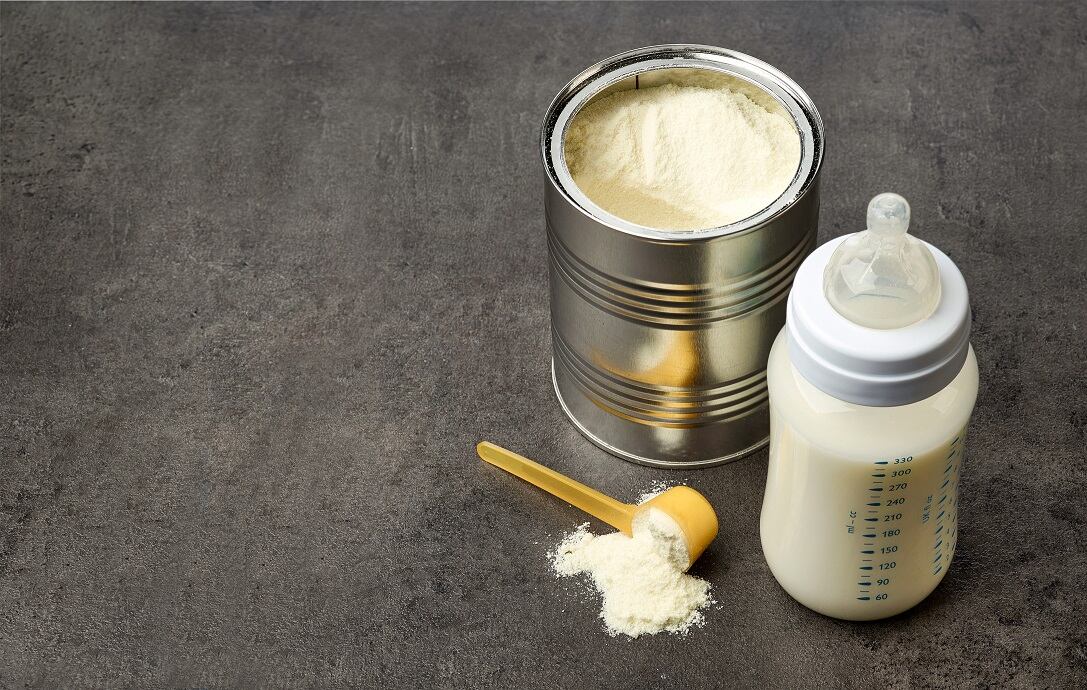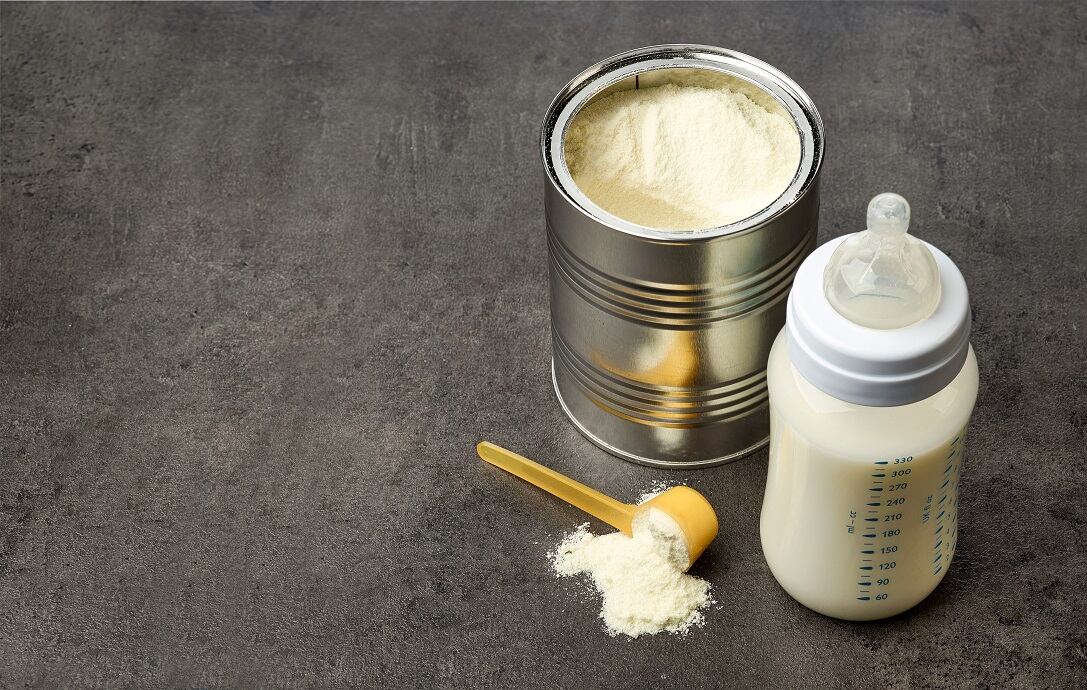Australia has one of the world's highest rates of asthma among children. While breastfeeding is thought to enhance infant immunity, the early introduction of MOTBM may increase the risk of childhood asthma, researchers stated.
Based on this, researchers at Qatar University and Australia's Griffith University and University of Queensland sought to investigate the link between the introduction of MOTBM in the first six months of life and the development of persistent asthma in three-year-olds.
In dire straits from dairy?
They used a sample of 1,121 three-year-old children (51.7% female, 47.8% male) from the six-year Environments for Healthy Living (EFHL) study, a prospective, multi-year, multi-level longitudinal birth cohort study whose participants were recruited over six years (from 2006 to 2011).
Of the 1,121 children, 31.2% were delivered by C-section, 97.8% most were born full-term and 97.9% were of normal birth weight. Among the mothers, 62% were aged 26 to 35, and 89.2% did not smoke cigarettes daily during pregnancy
The EFHL study, which was registered with the Australian New Zealand Clinical Trials Registry, recruited pregnant women from three geographically-defined, contiguous Health Districts in Australia (Logan City and Gold Coast in Queensland, and the Tweed area in New South Wales), and used perinatal data from maternal medical records completed by hospital midwives.
Data items included maternal conditions, obstetric complications, delivery information, and child information such as gender, gestational age, and birth weight.
The researchers then reported that the introduction of MOTBM during the first six months after birth led to a nearly two-fold increase in the risk of persistent asthma developing, after adjusting for other covariates.
Of the children who had been given MOTBM before six months of age, 8.7% had persistent asthma, compared to 4.7% of those who had not been given MOTBM before six months of age.
In addition, persistent asthma was far more common among the boys (10.4%) than the girls (3.4%). Among mothers aged 16 to 25 (10.9%) and less educated mothers (8%), there were more children with persistent asthma than among university-educated (2.9%) mothers above 25 (5.9%).
Furthermore, while only 10% of the children were diagnosed with eczema at some point, persistent asthma was almost twice as prevalent among them (13.3%) as it was among the children not diagnosed with eczema (6.1%); the researchers observed a similar pattern among children with food allergies.
Breastmilk needed to breathe easy?
The researchers said the study had limited application for other populations due to its recruitment from just three public maternity hospitals in the participating districts.
It also had a relatively low follow-up rate of 49% from the original EFHL study, raising the possibility of bias from the systematic differences between the children assessed and those lost to follow-up.
However, its "large sample size, prospective design, and use of carefully constructed questionnaires to maximise accuracy and completeness through asking specific questions decreased recall bias of (the) results".
Furthermore, persistent asthma was diagnosed by a physician, as opposed to parental self-report of symptoms.
In conclusion, the researchers wrote: "The current study indicates that the introduction of MOTBM during the first six months after birth is a risk factor for asthma in three-year old children.
"Although more studies and further analyses are needed to confirm these findings and to better understand the underlying mechanisms, public health interventions promoting the risk of early introduction of MOTBM and encouraging mothers to refrain from using it during the first six months after birth may help in reducing the morbidity and prevalence of childhood asthma.
"In support of previous research, the current data did not show a correlation between breastfeeding and protection against asthma."
Source: Nutrients
https://doi.org/10.3390/nu10111798
"Milk Other Than Breast Milk and the Development of Asthma in Children 3 Years of Age. A Birth Cohort Study (2006–2011)"
Authors: Asmaa El-Heneidy, et al.




